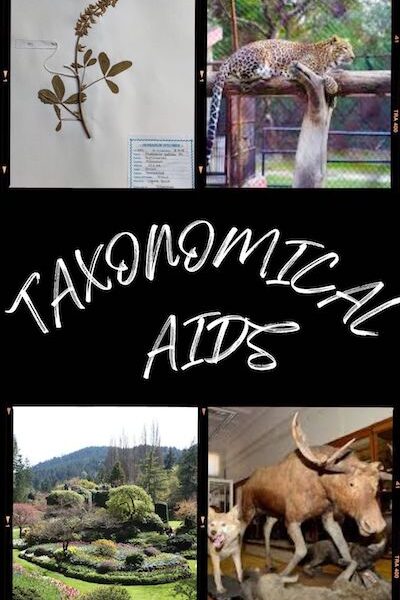We all are surrounded by living and non-living organisms. The living organisms are also called as biotic factors and non-living organisms are called as abiotic factors. There are few peculiar characteristics that allow us to clearly differentiate between both of them.
Table of Content
- Characteristics of Living organisms
- Characteristics of Non-Living Organisms
- Difference between Living and Non-Living things
Characteristics of Living organisms
- The metabolic process like anabolism and catabolism occur in living organisms. The anabolism means synthesis of complex molecules from simpler one. For anabolism, the energy is required. The catabolism means degradation of complex molecules to simple one, during catabolism the energy is produced. Hence, metabolism gains or produce energy. It is inclusive characteristic of living organisms.
- The living organisms have the ability to reproduce. Reproduction can be sexually or asexually. Reproduction allows to pass their genetic inheritance of their offsprings ensuring the continuity of their race. Worker or soldier bees, ants, sterile organisms, hybrids or aged living organisms do not have the ability to reproduce.
- They respond to physical or environmental stimuli like touch, light, chemical signals or temperature. They respond by showing physical movement, physiological adaptations and change in behaviour.
- They show growth and development from time to time. They increase in their size and weight. They mature by showing different stages of development.
- They show the characteristic of adopting to the environment.
- They need nutrition for their growth, development and metabolic processes. Autotrophic organisms need sunlight and water to produce their food.
- The digested food is eliminated by the living organisms.
- Respiration is observed in living organism. The respiration is defined the process of producing energy from organic molecules. The respiration are of three types – aerobic, anaerobic and fermentation.
- The living organisms have the ability to defend or resist against pathogenic or infectious agents.
Characteristics of Non-Living Organisms
- These organisms do not carry out metabolic process.
- They cannot reproduce.
- They never response to physical or environmental stimuli.
- These organisms do not show growth and development.
- They do not have the ability to adapt to the environment.
- They do not need any type of nutrition.
- There is no digestion process, hence no waste material is eliminated.
- These do not show respiration.
- They don’t need any defence mechanism because non-living things are not host for pathogenic organisms.
Difference between Living and Non-Living things
| Living Things | Non-Living Things |
| They are made up of cells (Single or Multicellular). | They are not made up of cells. |
| The living organisms shows the metabolic pathways. | The non-living things do not show metabolic pathways. |
| They undergo reproduction producing their offsprings. | They do not undergo reproduction. |
| They show response to physical or environmental stimuli. | They do not respond to environmental stimuli. |
| The living organisms show growth and development. | No growth and development is observed in non-living organisms. |
| The living organisms get adapt to the environment | Non-living things do not show adaptation. |
| Living organisms need nutrition for their growth and development | For non-living organisms, nutrition is not required. |
| After the digestion of food, the waste material is eliminated. | As there is no food intake and digestion in non-living organisms, no waste material is eliminated. |
| The living organisms show respiration. | Respiration is not observed in non-living organisms. |
| They resist or defend the invading pathogen. | They do not have any defence mechanism. |
| Example: Plant, animals, Microbes etc. | Example: Mountains, stone, sand etc. |
References-
https://www.geeksforgeeks.org/difference-between-living-and-non-living-things


